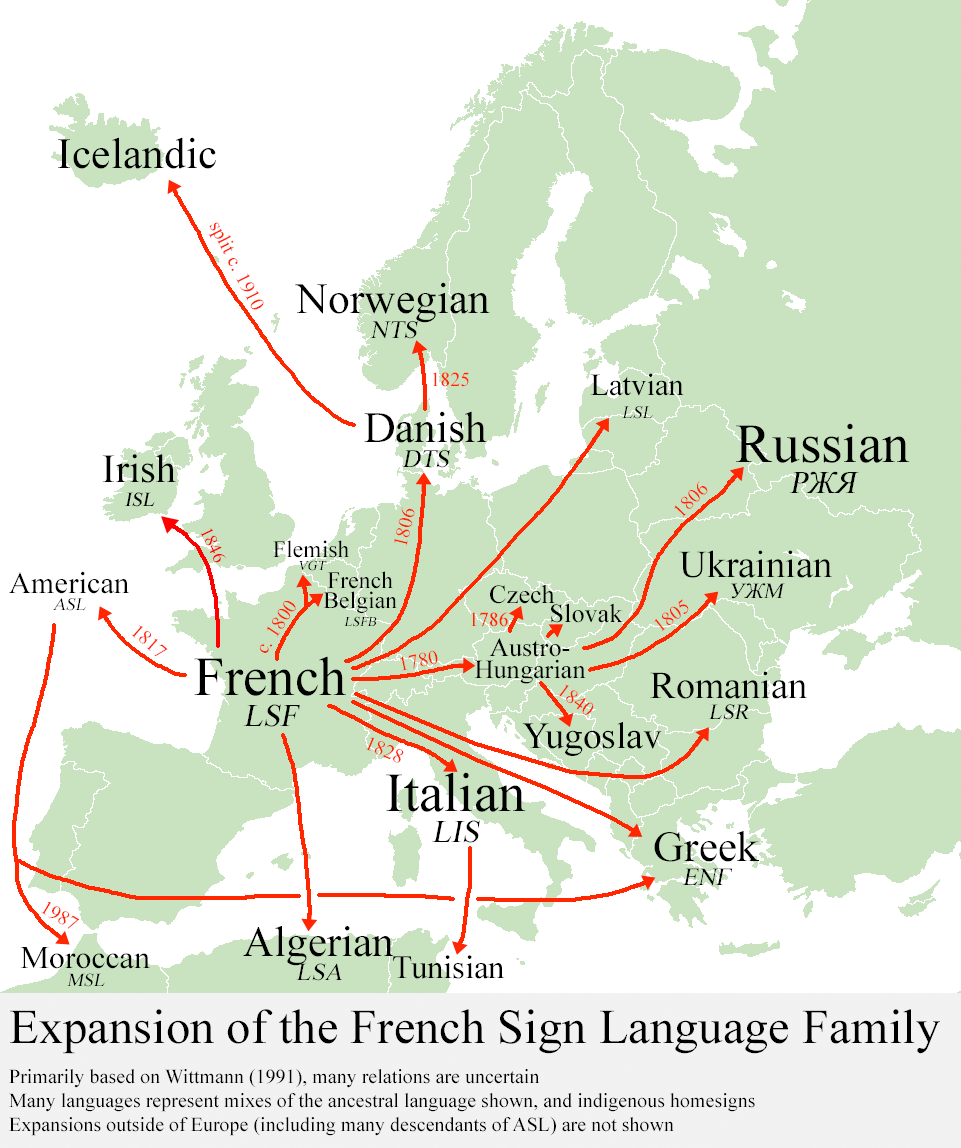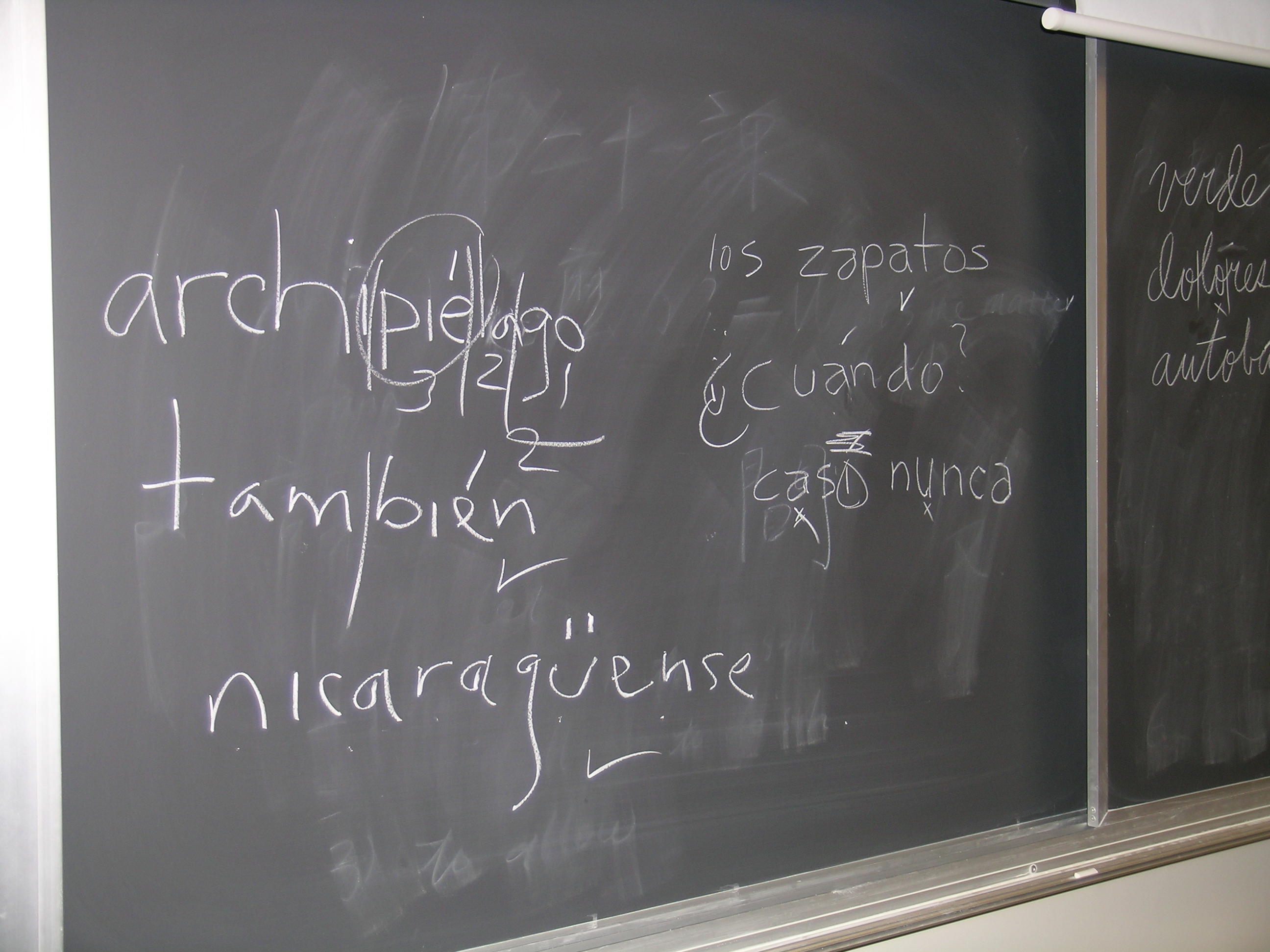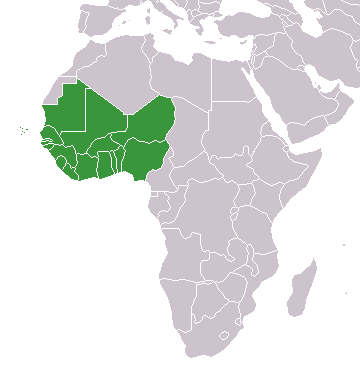|
American Sign Language
American Sign Language (ASL) is a natural language that serves as the predominant sign language of Deaf communities in the United States and most of Anglophone Canadians, Anglophone Canada. ASL is a complete and organized visual language that is expressed by employing both manual and nonmanual features. Besides North America, dialects of ASL and ASL-based creole language, creoles are used in many countries around the world, including much of West Africa and parts of Southeast Asia. ASL is also widely learned as a second language, serving as a lingua franca. ASL is most closely related to French Sign Language (LSF). It has been proposed that ASL is a creole language of LSF, although ASL shows features atypical of creole languages, such as agglutination, agglutinative morphology. ASL originated in the early 19th century in the American School for the Deaf (ASD) in Hartford, Connecticut, from a situation of language contact. Since then, ASL use has been propagated widely by schools ... [...More Info...] [...Related Items...] OR: [Wikipedia] [Google] [Baidu] [Amazon] |
|
|
American Sign Language ASL
American(s) may refer to: * American, something of, from, or related to the United States of America, commonly known as the "United States" or "America" ** Americans, citizens and nationals of the United States of America ** American ancestry, people who self-identify their ancestry as "American" ** American English, the set of varieties of the English language native to the United States ** Native Americans in the United States, indigenous peoples of the United States * American, something of, from, or related to the Americas, also known as "America" ** Indigenous peoples of the Americas * American (word), for analysis and history of the meanings in various contexts Organizations * American Airlines, U.S.-based airline headquartered in Fort Worth, Texas * American Athletic Conference, an American college athletic conference * American Recordings (record label), a record label that was previously known as Def American * American University, in Washington, D.C. Sports teams S ... [...More Info...] [...Related Items...] OR: [Wikipedia] [Google] [Baidu] [Amazon] |
|
 |
Francosign Languages
The French Sign Language (LSF, from ) or Francosign family is a language family of sign languages which includes French Sign Language and American Sign Language. The LSF family descends from Old French Sign Language (VLSF), which developed among the deaf community in Paris. The earliest mention of Old French Sign Language is by the abbé Charles-Michel de l'Épée in the late 18th century, but it could have existed for centuries prior. Several European sign languages, such as Russian Sign Language, derive from it, as does American Sign Language, established when French educator Laurent Clerc taught his language at the American School for the Deaf. Others, such as Spanish Sign Language, are thought to be related to French Sign Language even if they are not directly descendent from it. Language family tree Anderson (1979) Anderson (1979) postulated the following classification of LSF and its relatives, with derivation from Medieval monks' sign systems, though some lineages are ap ... [...More Info...] [...Related Items...] OR: [Wikipedia] [Google] [Baidu] [Amazon] |
 |
Agglutination
In linguistics, agglutination is a morphology (linguistics), morphological process in which words are formed by stringing together morphemes (word parts), each of which corresponds to a single Syntax, syntactic feature. Languages that use agglutination widely are called agglutinative languages. For example, in the agglutinative Turkish language, Turkish, the word ("from your houses") consists of the morphemes ''ev-ler-i-n-iz-den''. Agglutinative languages are often contrasted with isolating languages, in which words are monomorphemic, and fusional languages, in which words can be complex, but morphemes may correspond to multiple features. Examples of agglutinative languages Although agglutination is characteristic of certain language families, this does not mean that when several languages in a certain geographic area are all agglutinative they are necessarily related phylogenetically. In the past, this assumption led linguists to propose the so-called Ural–Altaic languages, ... [...More Info...] [...Related Items...] OR: [Wikipedia] [Google] [Baidu] [Amazon] |
|
French Sign Language
French Sign Language (, LSF) is the sign language of deaf and hard-of-hearing people in France and in French-speaking parts of Switzerland. According to ''Ethnologue'', it has 100,000 native signers. French Sign Language is related and partially ancestral to Dutch Sign Language (NGT), Flemish Sign Language (VGT), Belgian-French Sign Language (LSFB), Irish Sign Language (ISL), American Sign Language (ASL), Quebec (also known as French Canadian) Sign Language (LSQ), Brazilian Sign Language (LSB or Libras) and Russian Sign Language (RSL). History French Sign Language is frequently, though mistakenly, attributed to the work of Charles Michel de l'Épée (l'abbé de l'Épée). In fact, he is said to have discovered the already existing language by total accident; having ducked into a nearby house to escape the rain, he fell upon a pair of deaf twin sisters and was struck by the richness and complexity of the language that they used to communicate among themselves and th ... [...More Info...] [...Related Items...] OR: [Wikipedia] [Google] [Baidu] [Amazon] |
|
 |
Lingua Franca
A lingua franca (; ; for plurals see ), also known as a bridge language, common language, trade language, auxiliary language, link language or language of wider communication (LWC), is a Natural language, language systematically used to make communication possible between groups of people who do not share a First language, native language or dialect, particularly when it is a third language that is distinct from both of the speakers' native languages. Linguae francae have developed around the world throughout human history, sometimes for commercial reasons (so-called "trade languages" facilitated trade), but also for cultural, religious, diplomatic and administrative convenience, and as a means of exchanging information between scientists and other scholars of different nationalities. The term is taken from the medieval Mediterranean Lingua Franca, a Romance languages, Romance-based pidgin language used especially by traders in the Mediterranean Basin from the 11th to the 19th c ... [...More Info...] [...Related Items...] OR: [Wikipedia] [Google] [Baidu] [Amazon] |
 |
Second Language
A second language (L2) is a language spoken in addition to one's first language (L1). A second language may be a neighbouring language, another language of the speaker's home country, or a foreign language. A speaker's dominant language, which is the language a speaker uses most or is most comfortable with, is not necessarily the speaker's first language. For example, the Canadian census defines first language for its purposes as "What is the language that this person first learned at home in childhood and still understands?", recognizing that for some, the earliest language may be lost, a process known as language attrition. This can happen when young children start school or move to a new language environment. Second-language acquisition The distinction between acquiring and learning was made by Stephen Krashen as part of his monitor theory. According to Krashen, the ''acquisition'' of a language is a natural process; whereas ''learning'' a language is a conscious one. In ... [...More Info...] [...Related Items...] OR: [Wikipedia] [Google] [Baidu] [Amazon] |
 |
Southeast Asia
Southeast Asia is the geographical United Nations geoscheme for Asia#South-eastern Asia, southeastern region of Asia, consisting of the regions that are situated south of China, east of the Indian subcontinent, and northwest of the Mainland Australia, Australian mainland, which is part of Oceania. Southeast Asia is bordered to the north by East Asia, to the west by South Asia and the Bay of Bengal, to the east by Oceania and the Pacific Ocean, and to the south by Australia (continent), Australia and the Indian Ocean. Apart from the British Indian Ocean Territory and two out of Atolls of the Maldives, 26 atolls of the Maldives in South Asia, Maritime Southeast Asia is the only other subregion of Asia that lies partly within the Southern Hemisphere. Mainland Southeast Asia is entirely in the Northern Hemisphere. Timor-Leste and the southern portion of Indonesia are the parts of Southeast Asia that lie south of the equator. The region lies near the intersection of Plate tectonics, ... [...More Info...] [...Related Items...] OR: [Wikipedia] [Google] [Baidu] [Amazon] |
 |
West Africa
West Africa, also known as Western Africa, is the westernmost region of Africa. The United Nations geoscheme for Africa#Western Africa, United Nations defines Western Africa as the 16 countries of Benin, Burkina Faso, Cape Verde, The Gambia, Ghana, Guinea, Guinea-Bissau, Ivory Coast, Liberia, Mali, Mauritania, Niger, Nigeria, Senegal, Sierra Leone, and Togo, as well as Saint Helena, Ascension and Tristan da Cunha (United Kingdom Overseas Territories, United Kingdom Overseas Territory).Paul R. Masson, Catherine Anne Pattillo, "Monetary union in West Africa (ECOWAS): is it desirable and how could it be achieved?" (Introduction). International Monetary Fund, 2001. The population of West Africa is estimated at around million people as of , and at 381,981,000 as of 2017, of which 189,672,000 were female and 192,309,000 male.United Nations Department of Economic and Social Affairs, Population Division (2017). World Population Prospects: The 2017 Revision, custom data acquired via webs ... [...More Info...] [...Related Items...] OR: [Wikipedia] [Google] [Baidu] [Amazon] |
|
Nonmanual Feature
A nonmanual feature, also sometimes called nonmanual signal or sign language expression, are the features of sign languages that do not use the hands. Nonmanual features are grammaticised and a necessary component in many signs, in the same way that manual features are. Nonmanual features serve a similar function to intonation in spoken languages. Purpose Nonmanual features in signed languages do not function the same way that general body language and facial expressions do in spoken ones. In spoken languages, they can give extra information but are not necessary for the receiver to understand the meaning of the utterance (for example, an autistic person may not use any facial expressions but still get their meaning across clearly, and people with visual impairments may understand spoken utterances without the need for visual aides). Conversely, nonmanual features are needed to understand the full meaning of many signs, and they can drastically change the meaning of individual s ... [...More Info...] [...Related Items...] OR: [Wikipedia] [Google] [Baidu] [Amazon] |
|
|
Visual Language
A visual language is a system of communication using visual elements. Speech as a means of communication cannot strictly be separated from the whole of human communicative activity which includes the visual and the term 'language' in relation to vision is an extension of its use to describe the perception, comprehension and production of visible signs. Overview An image which dramatizes and communicates an idea presupposes the use of a visual language. Just as people can 'verbalize' their thinking, they can ' visualize' it. A diagram, a map, and a painting are all examples of uses of visual language. Its structural units include line, shape, colour, form, motion, texture, pattern, direction, orientation, scale, angle, space and proportion. The elements in an image represent concepts in a spatial context, rather than the linear form used for words. Speech and visual communication are parallel and often interdependent means by which humans exchange information. Visual languag ... [...More Info...] [...Related Items...] OR: [Wikipedia] [Google] [Baidu] [Amazon] |
|
|
Anglophone Canadians
English Canada comprises that part of the population within Canada, whether of British origin or otherwise, that speaks English. The term ''English Canada'' is also used for any of the following: *Describing all the provinces of Canada that have an anglophone majority. This is every province except Quebec. When used in this way, ''English Canada'' is often referred to as the "ROC" (rest of Canada). This type of usage excludes French-speaking areas in English-majority provinces like the East and North of New Brunswick, Northern and Eastern Ontario, Saint-Boniface and the few small pockets of French localities in Western Canada. It also excludes areas where a third language is widely spoken, such as German, Russian or First Nations languages. *When discussing the culture, values and lifestyles of English-speaking Canadians as opposed to those of French-speaking Canadians. This usage is most often employed to compare English- and French-language literature, media, ar ... [...More Info...] [...Related Items...] OR: [Wikipedia] [Google] [Baidu] [Amazon] |
|
|
Deaf Communities
Deaf culture is the set of social beliefs, behaviors, art, literary traditions, history, values, and shared institutions of communities that are influenced by deafness and which use sign languages as the main means of communication. When used as a cultural label, especially within the culture, the word ''deaf'' is often written with a capital ''D'' and referred to as "big D Deaf" in speech and sign. When used as a label for the audiological condition, it is written with a lower case ''d''. Carl G. Croneberg was among the first to discuss analogies between Deaf and hearing cultures in his appendices C and D of the 1965 ''Dictionary of American Sign Language''. Background Members of the Deaf community tend to view deafness as a difference in human experience rather than a disability or disease. Many members take pride in their Deaf identity. Deaf people, in the sense of a community or culture, can then be seen as a linguistic minority, and therefore some who are a part o ... [...More Info...] [...Related Items...] OR: [Wikipedia] [Google] [Baidu] [Amazon] |